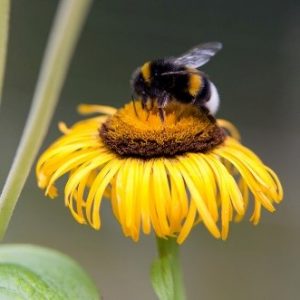Welcome to Bumble Bee Class!

Teachers: Mrs Cousins and Mrs Lennon
LSAs: Mrs Brear and Mrs Green
PE: Mrs Cousins (Monday afternoons) and Mr Goldsmith (Friday mornings)
Y1 & Y2 Science: Mrs Boyd
Reception newsletter and topic webs
Reception Summer 2 Learning Web
Reception Summer 1 Learning Web
Reception Spring 2 Learning Web
Reception Spring 1 Learning Web
Reception Autumn 2 Learning Web
Reception Autumn 1 Learning Web
Reception Newsletter 2024-2025
Year 1 and Year 2 newsletter and topic webs
Bumble Bee Class – Year 1 and Year 2 Topic Web Summer 2 2025
Bumble Bee Class – Year 1 and Year 2 Topic Web – Summer 1 2025
Bumble Bee Class – Year 1 and Year 2 Topic Web – Spring 2 2025
Bumble Bee Class – Year 1 and Year 2 Topic Web – Spring 1 2025
Bumble Bee Class – Year 1 and Year 2 Topic Web – Autumn 2
Bumble Bee Class – Year 1 and Year 2 Topic Web – Autumn 1
Bumble Bee Y1&Y2 Newsletter 2024-2025
Last year’s documents
2023-2024
Reception newsletter and topic webs
Reception Summer 2 Learning Web
Reception Summer 1 Learning Web
Reception Spring 2 Learning Web
Reception Spring 1 Learning Web
Reception Autumn 2 Learning Web
Reception Autumn 1 Learning Web
Bumble Bee Reception Newsletter 2023-24
Year 1 and Year 2 newsletter and topic webs
Bumble Bee Y1 and Y2 Topic Web Summer 2 2024
Bumble Bee Y1 and Y2 Topic Web Summer 1 2024
Bumble Bee Y1 and Y2 Topic Web Spring 2 2024
Bumble Bee Y1 and Y2 Topic Web Spring 1 2024
Bumble Bee Y1 and Y2 Topic Web Autumn 2 2023
Bumble Bee Y1 and Y2 Topic Web Autumn 1 2023
Bumble Bee 1 and 2 newsletter 2023-24
RWI: Listening to your child read YELLOW
RWI: Listening to your child read PURPLE
